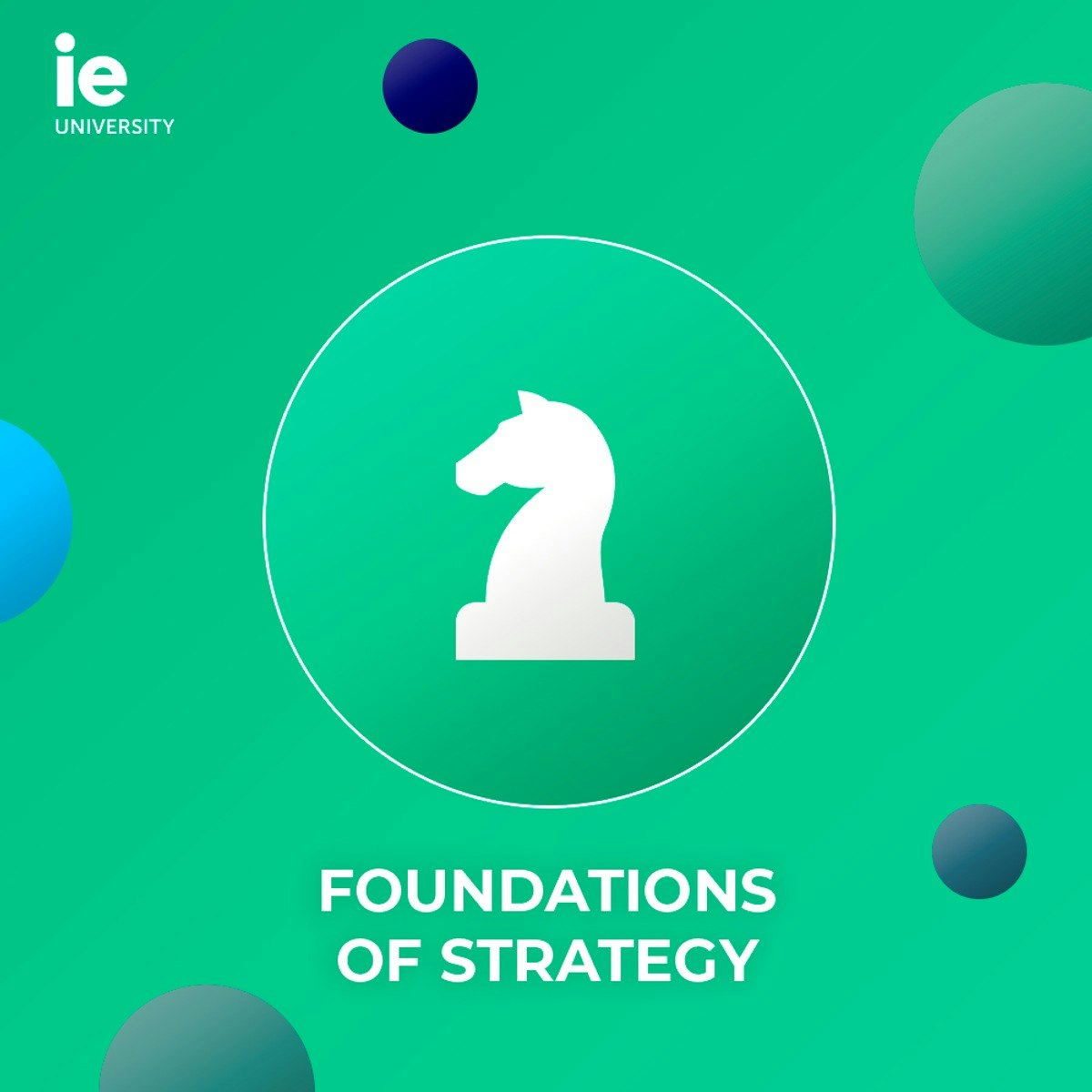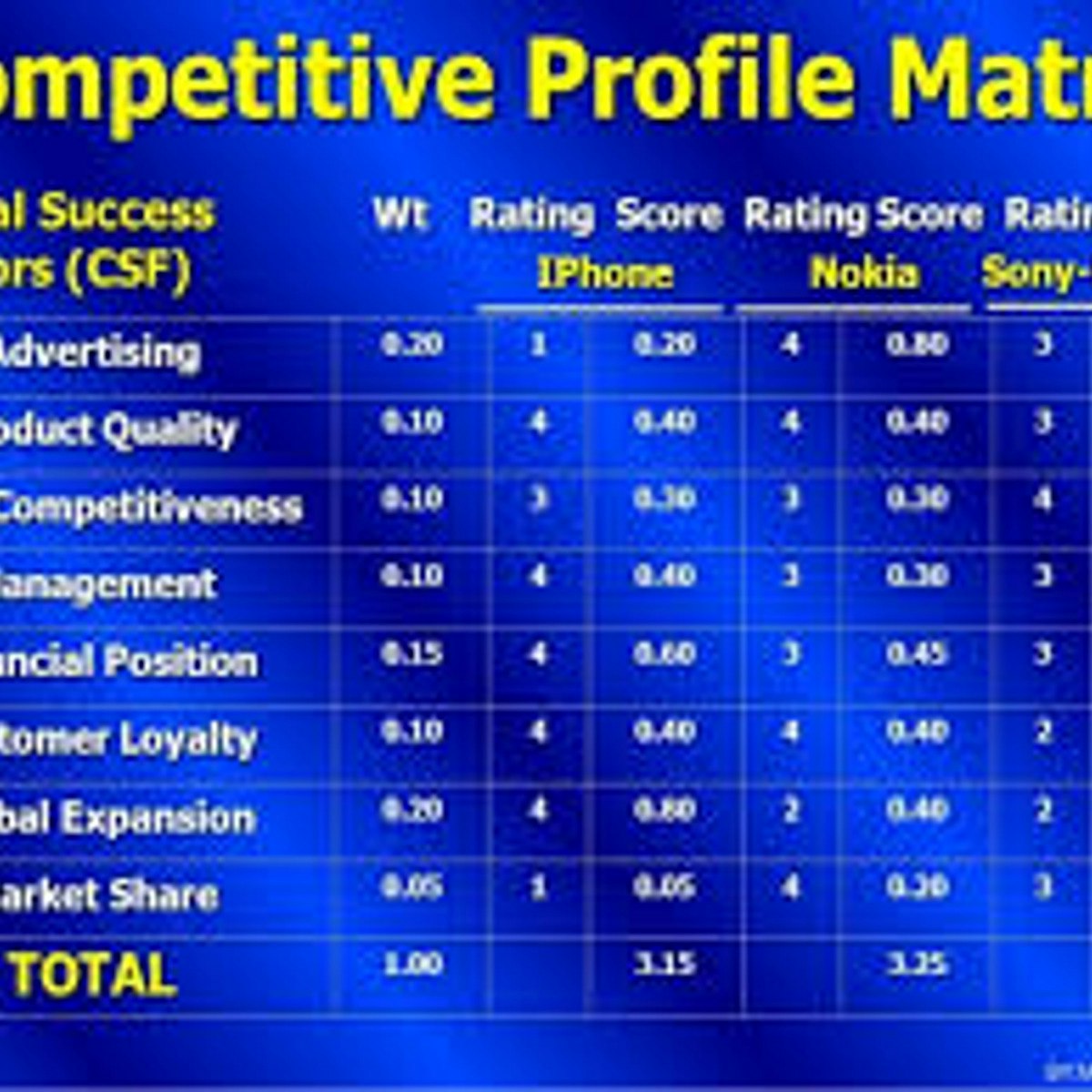Back to Courses









Business Strategy Courses - Page 24
Showing results 231-240 of 543

New Models of Business in Society
In this course, developed at the Darden School of Business at the University of Virginia and taught by top-ranked faculty, we will be discussing the emergence of a new story about business. This new story locates business within a societal framework. Almost every business creates or destroys value for customers, suppliers, employees, communities and society, in addition to shareholders and other financiers. A number of new models of business can be built on this idea such as corporate responsibility, philanthropy, shared value and sustainability. Profits and stakeholder value go together, and this course explains how. The final session explores the idea of how to become a stakeholder entrepreneur and create a business that makes money and makes the world a better place.

Digital Fashion Industry
Digital Fashion Industry is a collaboration between Parsons School of Design at The New School and The Digital Fashion Group Academy.
This course explains how digital technologies have the potential to dramatically impact and positively improve the fashion industry by creating a more sustainable digital ecosystem.
You will explore the role of the consumer as they demand a shift towards more ethically sourced products and brands, focusing on how this transformation happens through the support of a transparent supply chain during the design, manufacturing, and distribution of textiles and garments. Then, you will examine how blockchain technology has the potential to address industry concerns such as counterfeiting, environmental impact, and tracking and verification of goods.
Throughout the course, you will learn how important Artificial Intelligence (AI) is in automating the fashion industry and how it is changing the way products move from businesses to consumers.
At the end of the course, you will craft a Digital Fashion Mission Statement and construct a mind map of the key knowledge you have gained about digitization and Digital Transformation.

Foundations of Strategy
Strategy is a complex field and intrinsically related to economics. In this first week of this course you will learn the basic logic of how firms and markets function by using economic logic from a distinctly strategic perspective.
The economic logics discussed in the first week have shaped the field of strategic analysis from very early on. Porter’s Five Forces – probably the most well-known strategic analysis tool – directly builds on the notion of market structures and helps us to get a deeper understand of how the competitive environment affects the ability of firms to generate true economic profits. In this week, we´ll look at how Porter's Five Forces are related to market structures, economies of scale, and begin to touch on how firms leverage these to create competitive advantage.
Week three, we will move away from exclusively considering the external structure of an industry as the source of competitive advantage and instead focus our view on the internal resources and capabilities within firms – and the associated “resource based view” to look at how internal resources and capabilities play out in competitive situations.
Looking through the lens of the five forces at the industry, or through that of the resource-based view at firm internal resources and capabilities, feels a bit like swings of a pendulum – and, indeed, strategic theory and practice over the last decades has veered from a near-exclusive focus on the environment to being entranced by firms’ core capabilities. However, to get the full picture of where your firm stands (and where it and its industry may move) requires us to consider both of these perspectives! In this final week we will work on this crucial integration by building our understanding of what a competitive advantage truly is – and what distinct forms it can take.
This Course is primarily aimed at Coursera learners interested in exploring an IE Masters program and at professionals interested in building their business skills.

OKR Certification: Leadership and Goal Setting
“Ideas are easy. Execution is everything.” -John Doerr
In this one-of-a-kind OKR Certification, John Doerr builds on his New York Times best-selling book, Measure What Matters. The chairman of the venture capital firm Kleiner Perkins, Doerr reveals how the goal-setting system of Objectives and Key Results (OKRs) can lead to exponential growth.
This simple yet often misunderstood framework can help any organization thrive through meaningful, ambitious goal setting.
After taking the course, you will be able to use the OKR system to:
- clearly define and communicate your most important priorities;
- align everyone's goals, from entry level to the CEO;
- guarantee a commitment to excellence throughout the organization;
- definitively track and measure progress for transparent accountability;
- stretch for ambitious, amazing achievements;
- implement a robust OKR practice within an organization.
You’ll learn from real-world examples on how to turn strategies into action plans. You’ll unlock the power of the business community’s goal-setting system of choice. You’ll learn to write effective OKRs, and how to roll out the system within an organization.
Ever since they were introduced at Intel by iconic CEO Andy Grove in the 1970s, OKRs have engineered the success of some of the world’s most innovative businesses. John Doerr learned the method from Grove during his time at Intel and famously taught it to founders Larry Page and Sergey Brin at Google, one of his standout investments.
Doerr has continued to refine the system as he passes it on to the founders of his investment portfolio companies at Kleiner Perkins, where he serves as chairman. For the first time, he has gathered his wealth of experience and knowledge into a single educational program.
This course is presented by John Doerr and Kleiner Perkins technical advisor Ryan Panchadsaram, former Deputy Chief Technology Officer of the United States.

Content Strategy for Professionals: Ensuring Your Content's Impact
In the fourth course of the Content Strategy Specialization - Ensuring Your Content's Impact - you will look at visual communication and the ways you can be more effective with your font choices, photography, and video. You'll also dive deeper into social communities to help you understand how these communities form and what you can do to build your role within them. The last module is pivotal for Content Strategists. It will help you to understand how best to measure your content to maximize its effectiveness relative to the time you commit to it.
While this MOOC does share the theoretical elements of Content Strategy, there is a much greater emphasis on its application. Creating trend-worthy headlines and blogs, social media plans, digital measurement templates, video and photography content are all skills you will have in your toolkit by the end of the MOOC, ready to apply at your organization. And speaking of toolkits, we have included one that you can download and take back to work which includes the practical tips from the learnings in this course as well as the previous one on Expanding Your Content's Reach.
Guest lecturers in this course include:
-- Zach Wise, Associate Professor, Medill Northwestern
-- Rich Gordon, Professor & Director of Digital Innovation, Medill, Northwestern
-- Randy Hlavac, Lecturer, Medill, Northwestern (and lead professor of the Social Media Marketing Specialization also on Coursera)

Negotiation Strategies and Styles
The dilemma of the negotiator is a phenomenon that is derived from the tension that arises when, in the light of a specific situation, the optimum negotiation strategy must be discerned. The term was made popular by Professors David Lax and James Sebenius, of the Harvard Business School, to exemplify the dilemma between cooperating and competing in a negotiation.
In this course, we first analyze the structure of the Dual Matrix that brings forth the five negotiation strategies, identifying the strengths and weaknesses of each, and the situations in which they work out best.
We study the behaviours that lead to each strategy in order to reflect about our negotiation profile, which has historically driven us to use a preferential strategy, but which is not necessarily yielding the results expected.
The participant will develop competences for strategic decision making, which will enable him to achieve the greatest benefit from a negotiation, in terms of creation of value and satisfaction between the parties involved.

Usability Testing with Hotjar
Do you know if your website is being used effectively? Are users taking the actions that you intend on your site? Usability testing is an iterative process to help you develop the best product. Usability testing can help you along the way as your product is developed to determine issues and to find solutions for those problems. In this project, you will be using Hotjar to set up a usability test and plan, you will be able to track your customer actions, and evaluate the effectiveness of your product or site.
Healthcare Consumerism and Implication for Care Delivery
In this course we will examine the changing role of the consumer in healthcare. Consumers are asking for more accountability in how healthcare is delivered and paid for. Healthcare professionals must make sure that they are delivering high quality, personalized care.
Some of the topics we'll cover are: the healthcare ecosystem, new technologies in healthcare, the development of new payment models, change management in healthcare, data analytics.
By the end of this course, you will be able to:
1. Explain the new role of consumers in healthcare delivery in order to respond to the demands in this changing industry
2. Identify the key players in the healthcare ecosystem
3. Describe how the healthcare system operates and its impact on consumer-driven healthcare.
4. Articulate the challenges facing consumers and providers in order to find potential solutions for these challenges.

FinTech Security and Regulation (RegTech)
This course "FinTech Security and Regulation (RegTech)" help you to understand RegTech and to become more confident and persuasive in your ability to analyze and make recommendations to executives within the finance industry regarding how to react to these changes, e.g. Regulations to cryptocurrencies like BitCoin & Initial Coin Offering (ICO). It presents the views of several professors from the top business school in Asia as well as perspectives from industry professionals.
You will learn about how FinTech and RegTech disrupt and transform finance industry, such as challenges in protecting data and security with digital forensics, risk management and corporate governance in banking industry in terms of Know Your Customer (KYC) and Anti Money Laundering (AML), and how governments in different countries take initiatives in FinTech and RegTech.

How to Use the CPM to Analyze and Set Your Strategy
In this 1-hour long project-based course, you will learn how to analyze your industry and identify your competitive advantage with the Competitive Profile Matrix (CPM). CPM is a strategic management tool that enables you to benchmark you company in relation to competition and then identify the relative strengths and weaknesses of all the competitors based on some Critical Success Factors (CSFs). The CSFs are assigned weight based on their perceived importance, ranked based on their strengths and weaknesses, then the weight is multiplied by the rank to get the weighted score, and then the sum of the weighted score reveals the company with the dominant strengths in the industry.
Essentially, the competitive profile matrix CPM allows a company to easily visualize its competitive landscape on a single page. And so, to demonstrate the application of the CPM matrix, we will use a spreadsheet to analyze a division of our energy services company together. The example of the case study would empower you to use the model to analyze your company or any other company of your choice. The project is for business leaders who want have a deep insight on their competitive environment and how their company fare relative to competition. Also, for strategist who are interested in helping organization in making informed strategic decisions. At the end of the project, you will be able to use the CPM to analyze your company, identify the strengths and weaknesses of the competitors, and use the model to shape your strategy
Popular Internships and Jobs by Categories
Browse
© 2024 BoostGrad | All rights reserved


